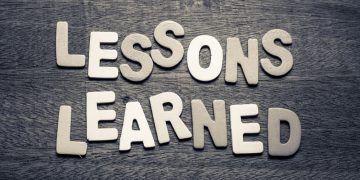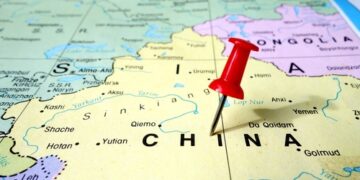In an era where we experience hologram concerts, when we use our smartphone while we are at the office to control the AC at home, when deep learning algorithms are used to apply smart supermarket shopping, no one could argue that technology is defining our lives in every sector.
The maritime industry cannot but keep up with these rapid changes, in particular when we are referring to the seafarers’ training, which has crossed the dawn of a new era already.
Challenges in sight
The challenges are many, beginning with the sound balance between today’s training budgets and the desired results of maritime training.
Shipping companies have to juggle between operational costs, while also keeping up with training standards and methodologies, always in line with constant updates on rules and regulations. Whether issues concern the environment, safety or operational matters, seafarers must be continuously trained, in order to achieve compliance and achieve smooth procedures on board.
Moving on, one cannot but get to know the new generation of potential seafarers and the challenge of communicating with them in order to attract them to the industry. After the Millennials, here comes Generation Z. Let’s be honest; this is an industry accustomed to the traditional methodologies and this is an Instagram world we live in, with smartphone applications for everything we do. The maritime industry needs to “speak” the new generation’s language, grab their attention and engage them.
Maritime training in a digital world
Understanding the needs and getting to know today’s seafarers, is the way to help them excel and succeed. Assessing their strengths and weaknesses leads to specialised training designed with the learner in mind. One cannot assume that everyone’s needs are on the same level, thus training should be visual, clear and rewarding. The development of more intuitive software is one way of eliminating this barrier. This is one method which leads to commitment towards quality education.
The answer as to how to communicate and attract the new generation of possible seafarer candidates lies also in getting to know them and understanding their needs. This is a generation with completely different preconceptions of how information is generated and distributed, they expect things to run smoothly and to work fast, and they, of course, lose interest quickly if things don’t answer their demands. Maritime training in result should take advantage of the technological advancements and bridge this gap with modern and interactive online training, which not only is a cost-effective solution but also the true means of connecting with the new generation of seafarers.
Moreover, training providers need to keep up with trends around the globe. It is of significant importance to design and provide training in accordance with the digital evolution, a great challenge to convince seafarers from various backgrounds and cultures to become open to technology and at the same time make this technology user-friendly and attractive to them. This could be translated into interactive training methods, engaging and effective ideas, in order to meet the goals of an active educational attitude.
At an industry which is as we say complex and evolving, as the maritime industry is, it is inevitable to stay in one place and not re-evaluate the training procedures to get the desired results. This is why Safebridge embarked on a journey to deliver SafeLearn, an intuitive and highly interactive online e-learning platform specifically designed for the maritime industry. The SafeLearn platform bridges the gap between traditional training and digital evolution and delivers unparalleled benefits to both companies and seafarers.
Discover the SafeLearn maritime training philosophy with a wide range of accredited e-learning courses and a unique training methodology on ECDIS type-specific courses. www.safelearn.com





































![]](https://safety4sea.com/wp-content/uploads/2024/06/shutterstock_2318996555-350x250.jpg)


























I’m still confused how seafarers if not physically active in the field of operation, instead exercising training online, would it be helpful to adapt the different challenges at sea without experiencing on board the vessel? I know perhaps AI can be an eye for a vessel to do the work for the fleet, recording the freight rate, data, tracking containers, calculating and everything with algorithm. My mind is completely blank on the how, and why the adaption of seafarer on digital environment?